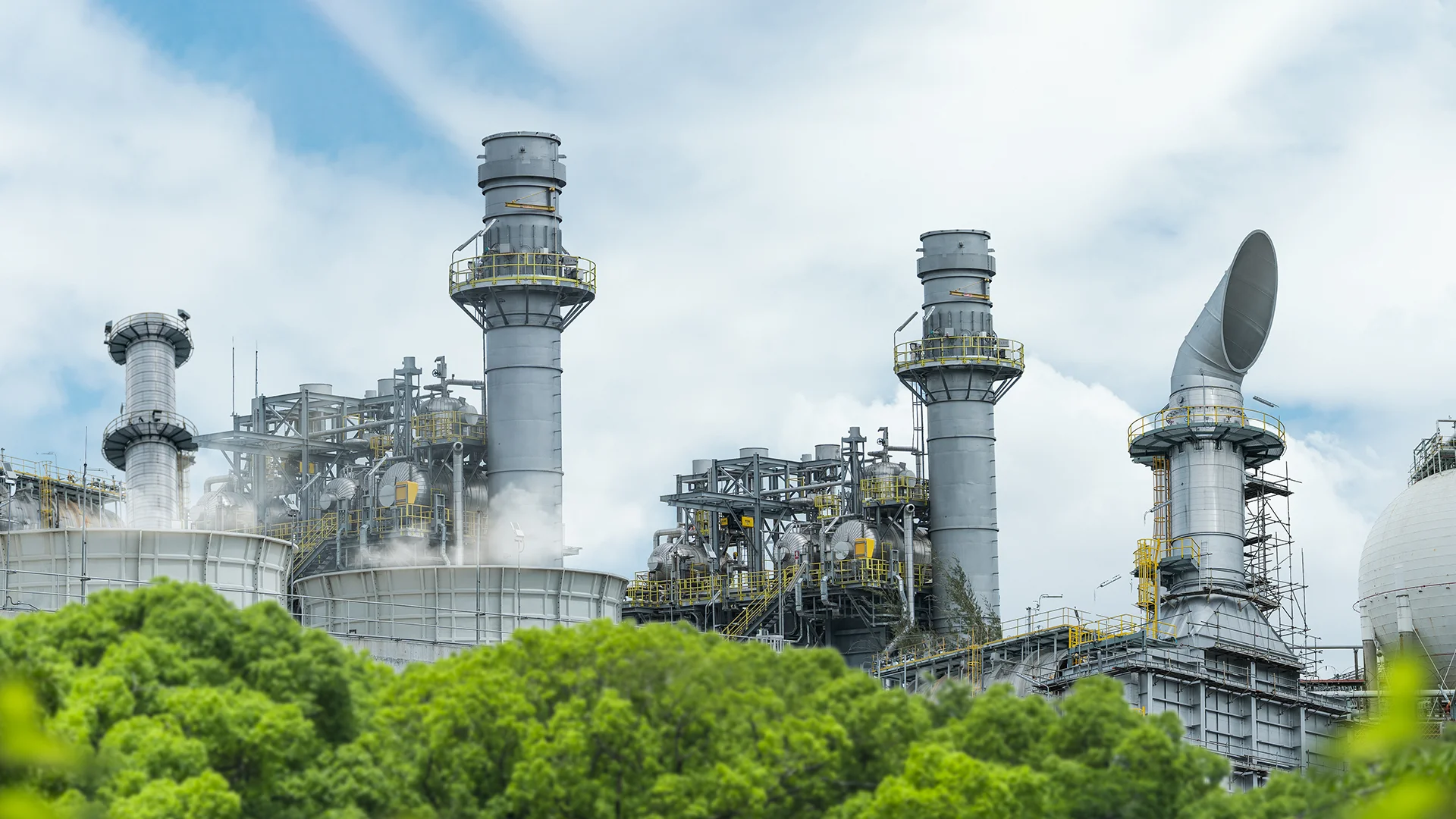How climate change fits into your quality approach

In view of its increasingly blatant effects, climate change can no longer be swept under the corporate comex carpet. The business-as-usual scenario is no longer tenable. In this sense, it’s no scoop that the International Organization for Standardization has added the subject as a new point of questioning in the issues and requirements posed by the major ISO management system standards. We wrote about it here the day after the amendment was published.

Vincent Gillet, deputy secretary general of the AFNOR group.
Crédit Gil Lefauconnier
However, in the world of quality, which is fully concerned in the sense that ISO 9001 is one of the standards impacted, the measure is not insignificant. “The voluntary ISO 14001 standard questions the influence of companies on their environment. With the amended version of ISO 9001, it’s the opposite logic: how the environment, and in this case climate change, impact organizations”, sums up Vincent Gillet, Deputy Secretary General of AFNOR, an expert on the subject. Whether we’re talking about extreme meteorological phenomena (a sudden flood) or more profound climatic transformations (a recurring drought), almost every week brings its share of events linked, directly or indirectly, to climate change. And they also have a direct or indirect impact on a company’s performance. Let’s take the example of a printing plant in the Pyrénées-Orientales region of France, which has been facing a water shortage for several years now,” continues Vincent Gillet. It’s a major upheaval for their business, since the water restriction decrees limit their production capacity. Its quality approach is directly affected: without production, there can be no customer satisfaction.
ISO 9001: identifying risks
 But even so, a quality approach won’t make it rain, or get production up and running again… So what’s to be done? Vincent Gillet answers: “The whole point is to ensure business continuity. By going through the exercise of identifying risks and opportunities required by ISO 9001, the company will be better able to identify the threats it faces, particularly climatic ones, such as a water shortage in our example. It will then arm itself, with a view to continuously improving its practices. For example, by drawing up a water-saving plan. In the Beauvais region (Oise), Vincent Blache, AFNOR group development manager for quality and performance, was confronted with another consequence of climate change. Following a major flood, all the premises of a company he audited were flooded, destroying some of the equipment and bringing business to a standstill for many weeks. Based on the ISO 9001 risk analysis, the company set up pumping zones, a new stock policy (located, for example, with suppliers), a machine protection system and investments to make the area more impermeable,” describes Vincent Blache . . En cas de nouvelle crue, la perturbation de l’activité sera minime ; la satisfaction et la qualité resteront au rendez-vous. ” Far from being a qualitician’s trick for qualiticians, ISO 9001 plays a real role here as a climatic safeguard.
But even so, a quality approach won’t make it rain, or get production up and running again… So what’s to be done? Vincent Gillet answers: “The whole point is to ensure business continuity. By going through the exercise of identifying risks and opportunities required by ISO 9001, the company will be better able to identify the threats it faces, particularly climatic ones, such as a water shortage in our example. It will then arm itself, with a view to continuously improving its practices. For example, by drawing up a water-saving plan. In the Beauvais region (Oise), Vincent Blache, AFNOR group development manager for quality and performance, was confronted with another consequence of climate change. Following a major flood, all the premises of a company he audited were flooded, destroying some of the equipment and bringing business to a standstill for many weeks. Based on the ISO 9001 risk analysis, the company set up pumping zones, a new stock policy (located, for example, with suppliers), a machine protection system and investments to make the area more impermeable,” describes Vincent Blache . . En cas de nouvelle crue, la perturbation de l’activité sera minime ; la satisfaction et la qualité resteront au rendez-vous. ” Far from being a qualitician’s trick for qualiticians, ISO 9001 plays a real role here as a climatic safeguard.
Anticipating for less suffering

Pascal Thomas, sector quality auditor, AFNOR Group.
Crédit Gil Lefauconnier
All sectors should learn from this! At the height of summer, repeated heatwaves are slowing down or even halting construction sites. Identifying this risk means adapting schedules and anticipating better, and even acting directly on the environment with more insulating and more responsible materials. Many industries are also having to review their investment strategies. ISO 9001, for example, has been revised to include a climate component, helping to assess the effects of rising temperatures on cooling systems, particularly in sectors requiring regulated temperatures. This may even mean rethinking your choice of location!
Non-decision represents an economic cost, so the key word is anticipation,” stresses Pascal Thomas, an auditor with in-depth knowledge of the subject within the AFNOR group, for the aeronautics and automotive industries in particular. In this respect, climate change is perfectly legitimate to guide a quality approach, using matrix questioning tools such as SWOT and PESTEL, for example. Using these methodologies, a manufacturer of internal combustion engine parts will be able to take a step forward and reorientate itself towards other activities, or modify its production to supply other components to the automotive industry of tomorrow. The whole value chain is involved.
ISO 9001: identifying risks

Erwan Chagnot, AFNOR delegate in Brittany, ISO 14001 reference auditor.
Crédit Arthur Enard
The other aspect to be taken into account concerns the expectations of clients. Under the European Sustainability Reporting Directive (CSRD) of 2022, large companies must use standardized indicators to quantify their greenhouse gas emissions: not only their direct emissions, linked to their activities, but also their associated emissions and their indirect emissions, those in “scope 3”, including emissions from their subcontractors. And ISO 9001, reworked in line with the climate change amendment, can help subcontractors show their credentials in the eyes of ruthless clients.
Some calls for tenders already include CSR clauses, notably on carbon footprint,” points out Erwan Chagnot, AFNOR’s regional delegate in Brittany. Without exception companies need to take action to reduce their emissions and continue to win business. ISO 9001 enables you to analyze the context, structure a response and launch your approach. More mature organizations, and/or those with an integrated management system, can usefully make the link with ISO 14001, the little sister of 9001,” continues the man who is also a reference auditor for this environmental management standard for AFNOR. Sooner or later, therefore, all companies will have to link these issues to a quality approach. So don’t be surprised if the next version of the standard, currently under construction and scheduled for 2026, places even more emphasis on climate change! And don’t forget BAO: for those of you who’d like to make the subject of quality and climate change one you can entrust to an outside expert for the duration of an assignment, the AFNOR group can find you a standards specialist near you.